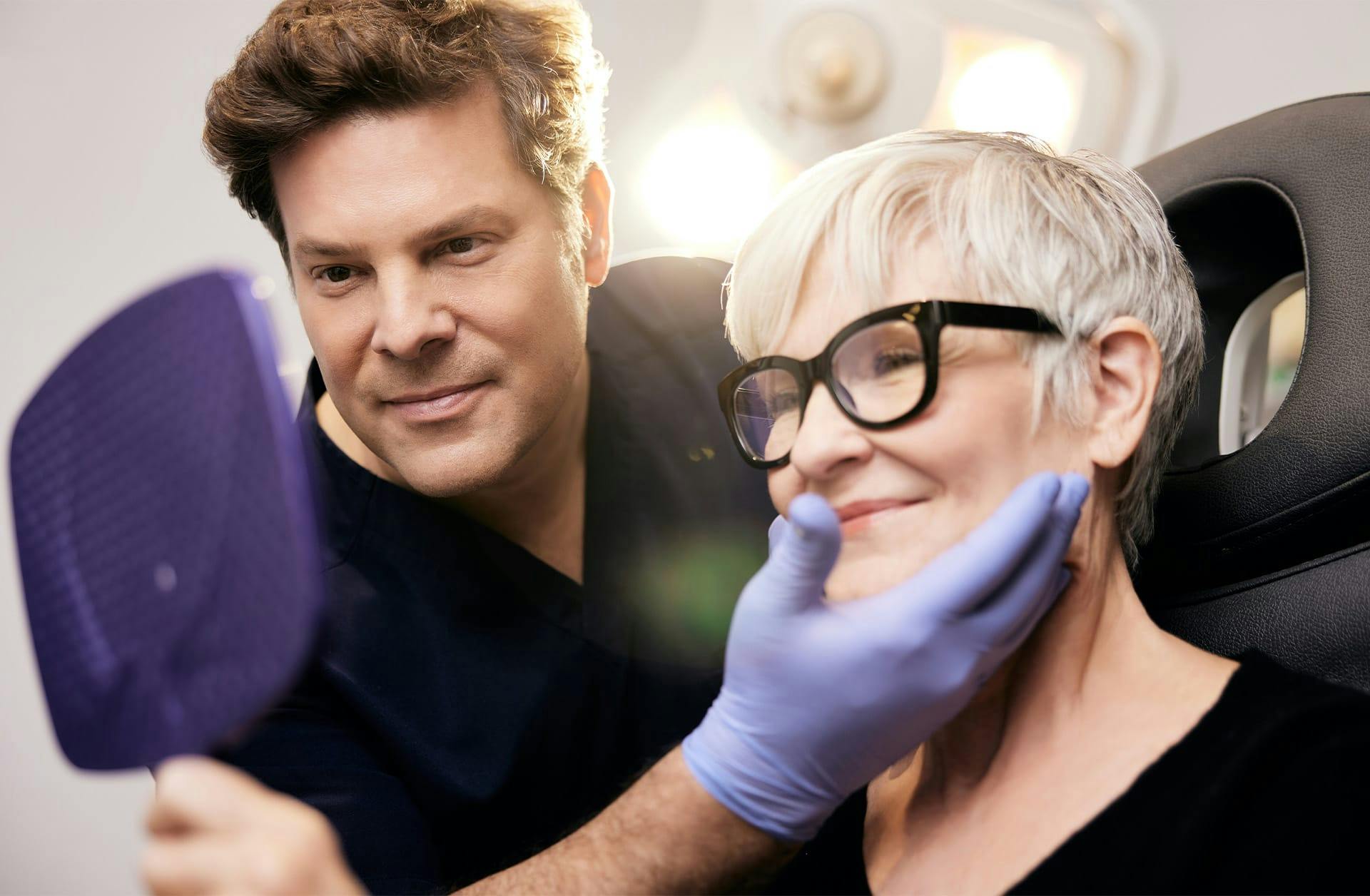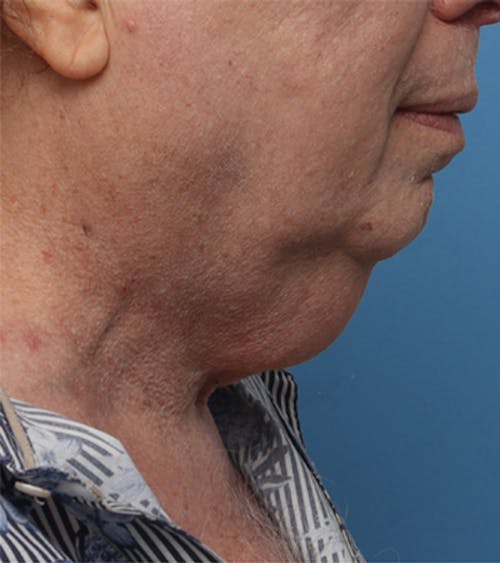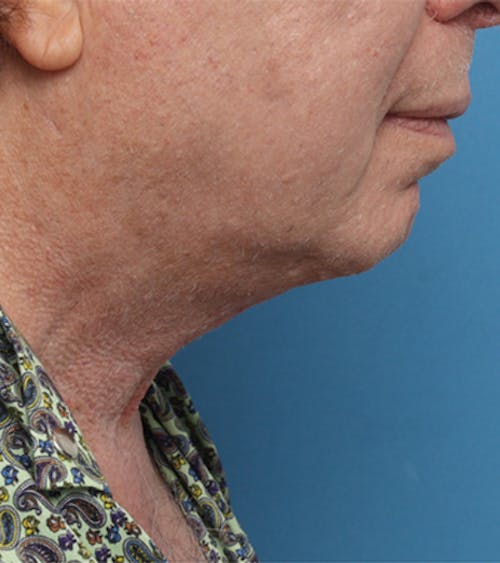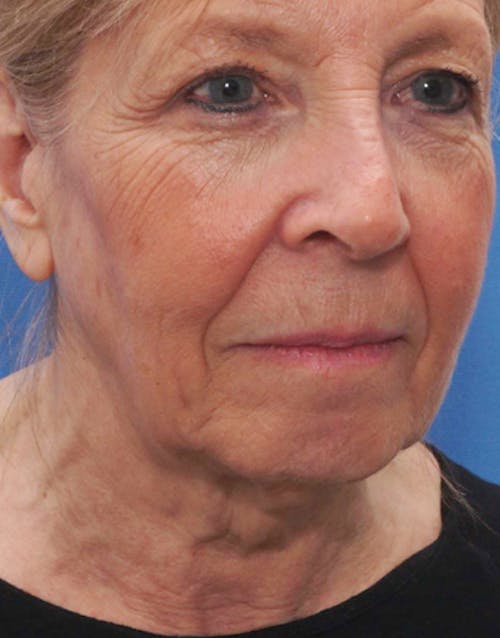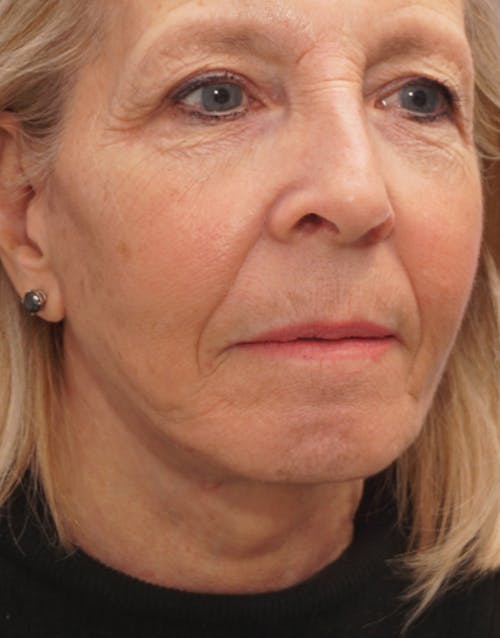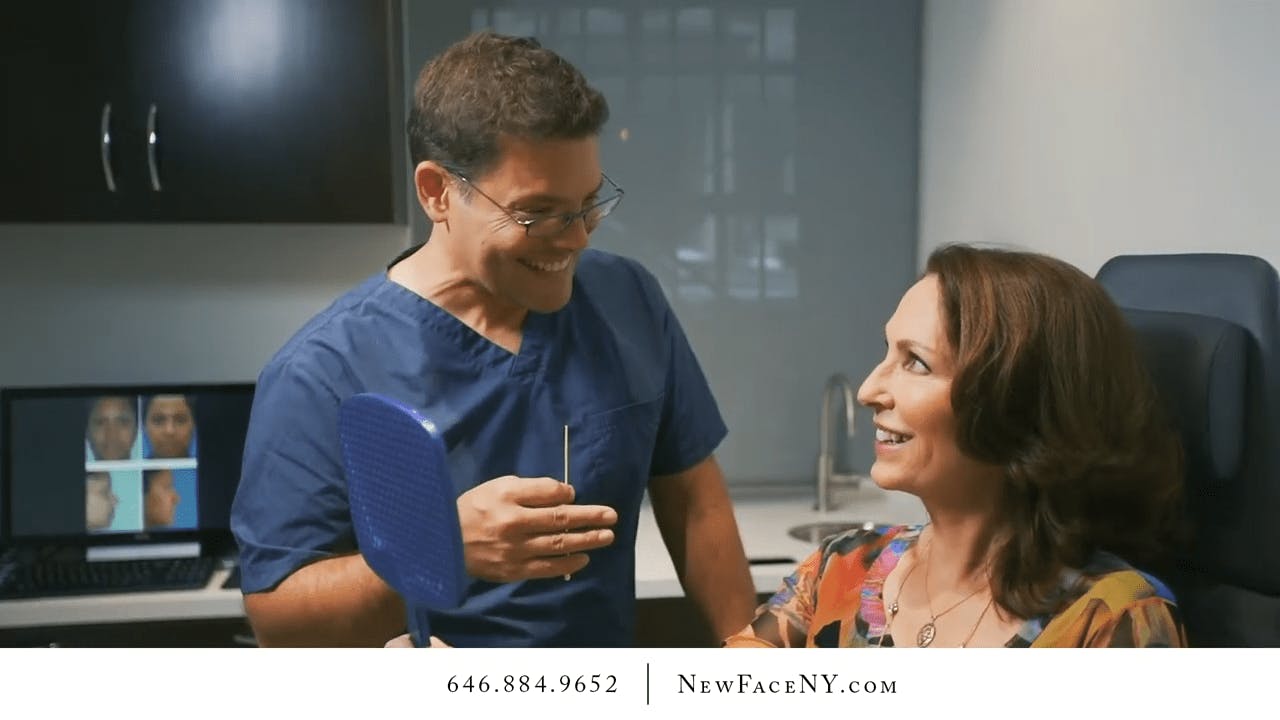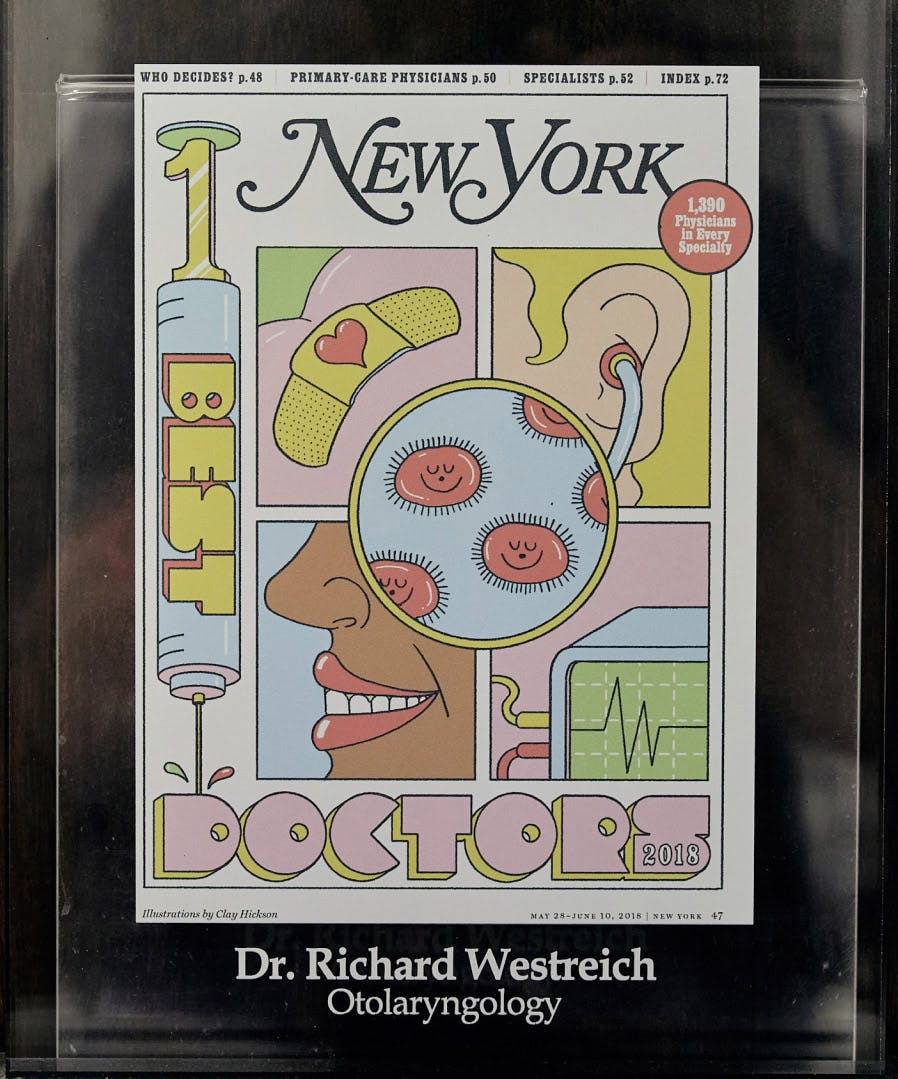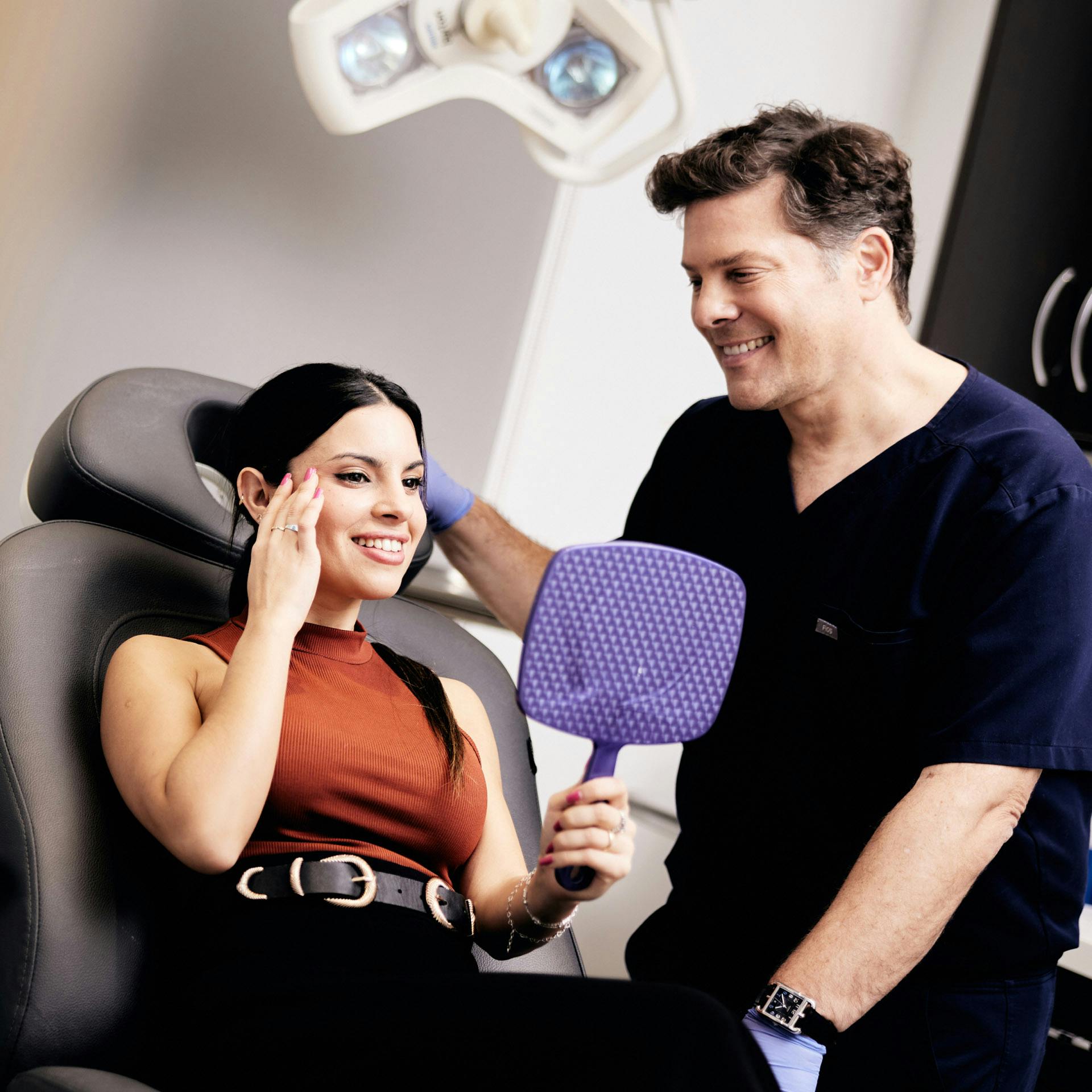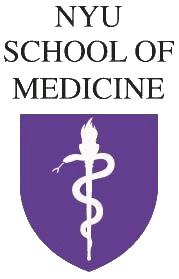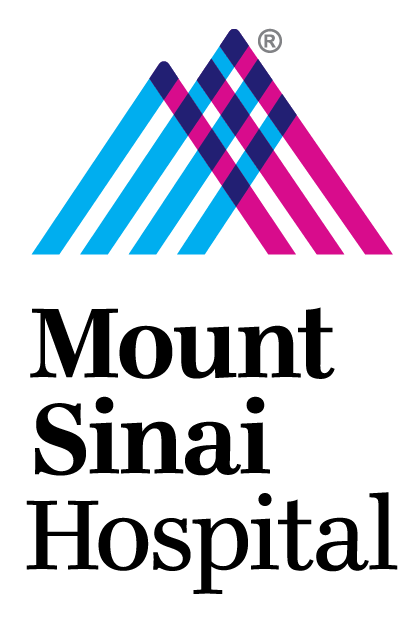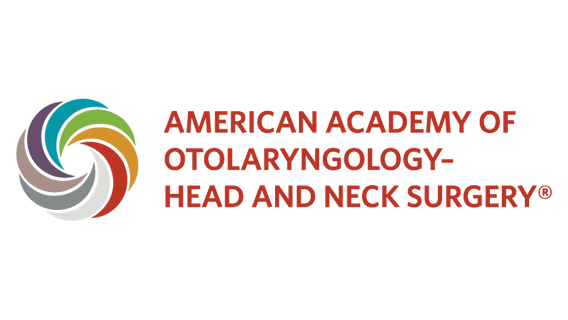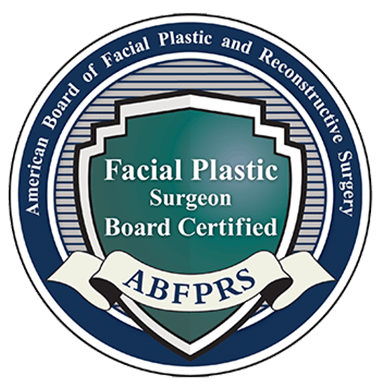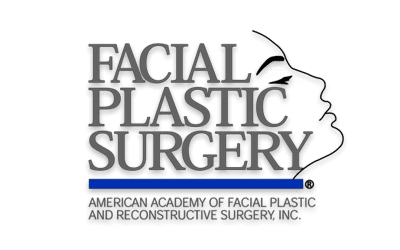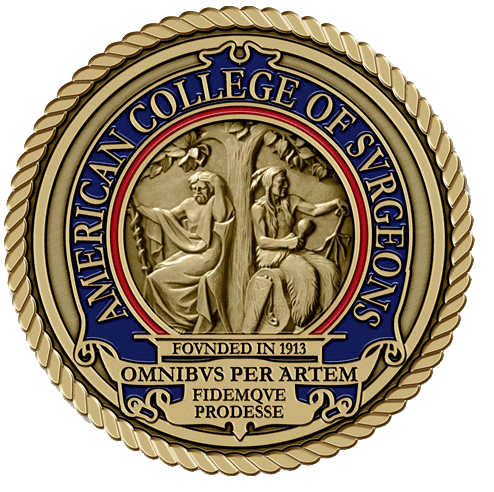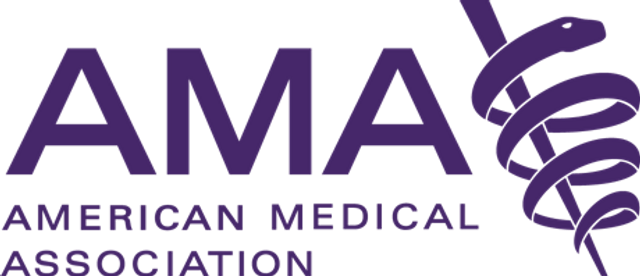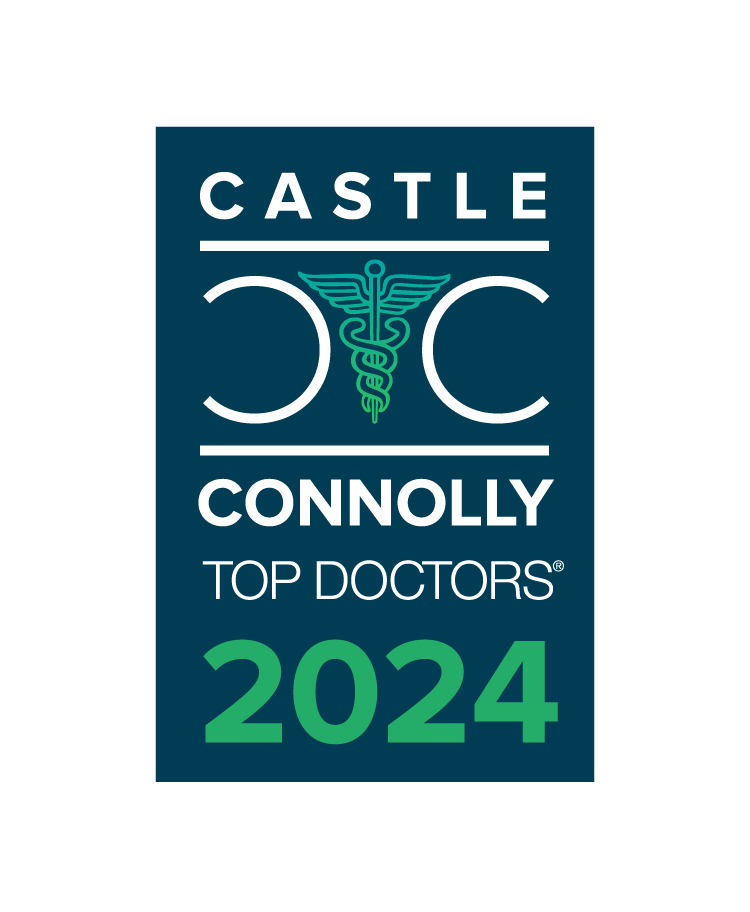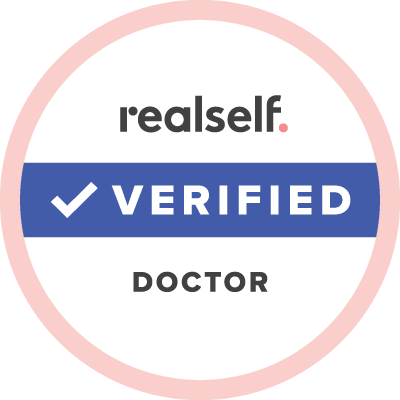A Facelift in NYC with Dr. Westreich is a highly individualized surgical procedure that rolls back years of aging to help you achieve smooth, tight, youthful skin and facial features.
What Are the Benefits of a Facelift?
Some of the key benefits of our facelift in NYC include the following:
- Lifts and repositions facial tissues to improve contours and reduce sagging
- Minimizes the appearance of wrinkles, creases, and fine lines for a smoother, more refreshed look
- Tightens and defines the jawline, reducing the appearance of jowls and creating a more sculpted profile
- Addresses loose skin and muscle banding in the neck area, creating a smoother and more defined neck contour
- Helps individuals regain a more youthful and vibrant appearance, leading to increased self-assurance and satisfaction with their overall look

